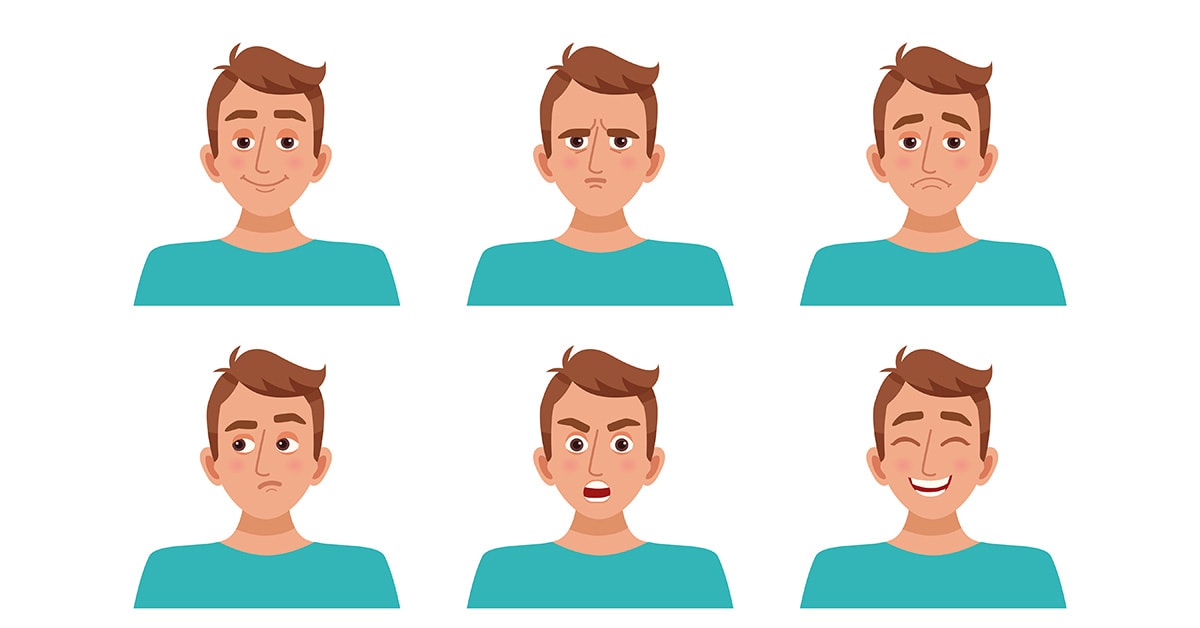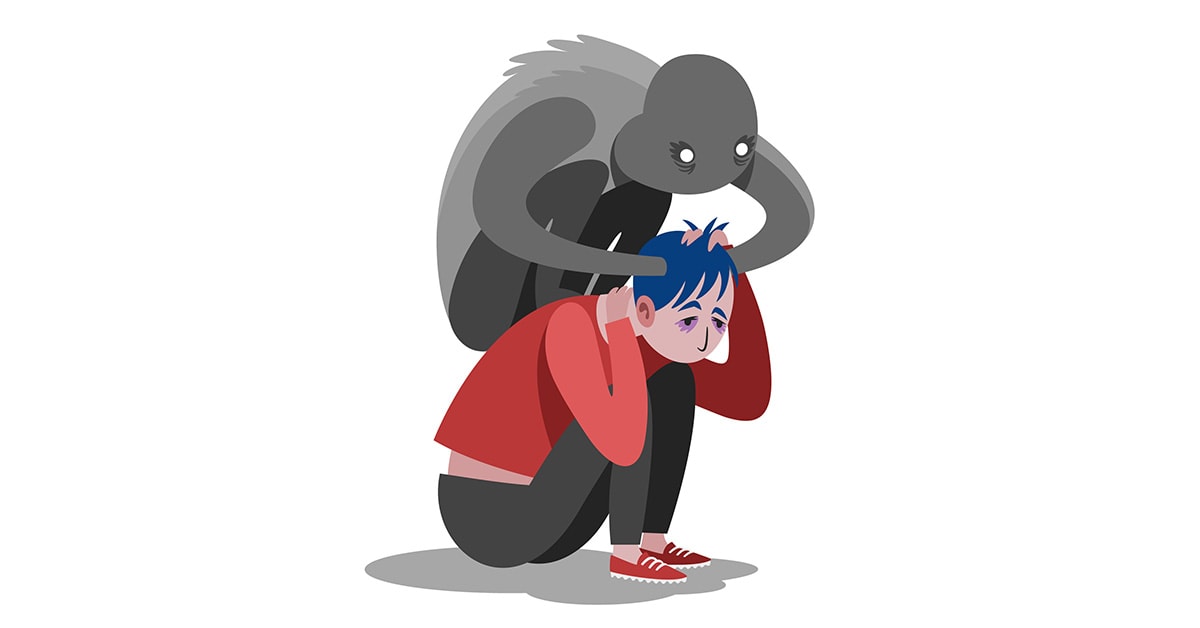Effective Rational Emotive Therapy Techniques for Change
You notice it again and again in your coaching sessions: your coachee knows rationally that his thoughts are in his way, but he still gets stuck in the same patterns. No matter how often you point out alternative perspectives, the old beliefs seem stronger than logic. "I'm not good enough," "I'll never succeed." You hear it again and again. How do you break this vicious circle and ensure that change is not just temporary, but permanent?
Rational Emotive Therapy (RET) offers powerful techniques to expose irrational beliefs and transform them into helpful thoughts. By effectively applying this method, you not only help your coachees to gain insight into their thought patterns, but also to actually act differently.
In this blog you will discover how to use RET in a practical way, so that your coachees make real progress and achieve lasting change.
What is Rational Emotive Therapy (RET)?
Rational Emotive Behavior Therapy (RET) is a powerful form of cognitive behavioral therapy developed by American psychologist Albert Ellis. It is designed to help people cope with stressful situations by recognizing and eliminating irrational thoughts.

Instead of holding on to negative beliefs that hinder us, RET teaches us how to challenge these thoughts and replace them with more realistic, helpful beliefs. The special thing about RET (rational emotive therapy) is that both the mind and the feeling play an important role. The core of RET is simple, but powerful: it is not about the situation itself (the cause), but about how we interpret that situation (the thoughts). Instead of believing that the event (A) causes our feeling or behavior (C), RET emphasizes that our thoughts about the event (B) have the greatest influence.
How does the RET method work?
The RET method works according to the famous ABC scheme, which is very simple in its basic form, but incredibly powerful. This is what the letters ABC mean:
A = Reason (the event)
This is the situation or event that the coachee is dealing with, for example giving a presentation or a feedback session.
B = Thoughts (about the event)
These are the thoughts your coachee has about that situation, such as “I am going to fail” or “They are not going to take me seriously.” A thought that really upsets the coachees.
C = Consequences (behavior and emotions)
C stands for consequences. These are the behaviors and emotions that follow from those thoughts, such as nervousness, procrastination, or even avoiding the situation.

What makes RET unique is the realization that it is not the event itself that determines how you feel or behave, but how you think about it. So instead of believing that the situation (A) is the cause of your behavior (C), RET teaches you that your thoughts (B) are that cause. This insight is essential, because it gives you the power to change your behavior by influencing your thoughts.
As a coach, you can use the RET method to help your coachee critically examine his or her thoughts and then bend them to a realistic image and more helpful beliefs. So it is not about changing the situation itself, but about changing the way you interpret it. In this way, you create space for new, healthy behaviors and feelings!
Applications of Rational Emotive Behavior Therapy
Rational Emotive Behavior Therapy (RET) is a versatile method that can help coaches address a variety of issues with their coachees. Here are some specific situations where the RET method can be applied very effectively:

Relationship therapy:
Identifying and changing irrational beliefs that cause tension between partners.
Social phobias:
Helping coachees identify and replace unreasonable thoughts about social interactions.
Anxiety disorders:
Addressing deep-seated fears by transforming thoughts into more realistic beliefs.
Perfectionism:
Breaking destructive thought patterns that fuel perfectionism and increase pressure.
Tantrums:
Helping coachees to recognize and change the underlying irrational beliefs that cause anger.
Fear of failure:
Helping coachees give presentations or receive feedback by replacing irrational thoughts with supportive beliefs.
Panic disorders:
Supporting coachees in understanding and restructuring their negative thinking patterns.
Depressive moods:
Relieving feelings of depression by redirecting negative thoughts into more realistic perspectives.
RET offers coaches the tools to address these different problems in coachees, to examine their irrational thoughts and to convert them into thoughts that actually help.
Acceptance and Commitment Therapy (ACT) and RET
Both ACT and RET are forms of cognitive behavioral therapy that help coaches change negative thoughts and behavior, but they do this in different ways.
ACT focuses on acceptance of limiting thoughts and feelings, without being controlled by them. It teaches coachees to observe these thoughts and not get stuck in them.

The RET method is aimed at eliminating unreasonable thoughts by identifying them and replacing them with realistic, helpful beliefs. It actively helps coachees to restructure destructive ways of thinking and to have a different view of situations.
Both therapies are effective in reducing stress and psychological complaints, and can be combined depending on the situation for a more complete approach.
Criticism of RET
As with many therapies, Rational Emotive Therapy (RET) has its critics. Some researchers even label it as pseudoscience, because it allegedly has not substantiated some of its hypotheses. For example, there is criticism of the scientific basis of the model, which for some is reason to doubt its effectiveness.
However, it is important to emphasize that several studies have shown that RET is particularly effective in reducing stress and addressing other psychological complaints. Although the criticism is not unfounded, the method remains a powerful tool in practice that many coaches and therapists use successfully.
This is where Trackler your digital partner. We have a RET template created for you to use for free (if you have a Trackler account), allowing you to put your coachees to work right away. Start with Trackler and let your coachees discover the RET model.